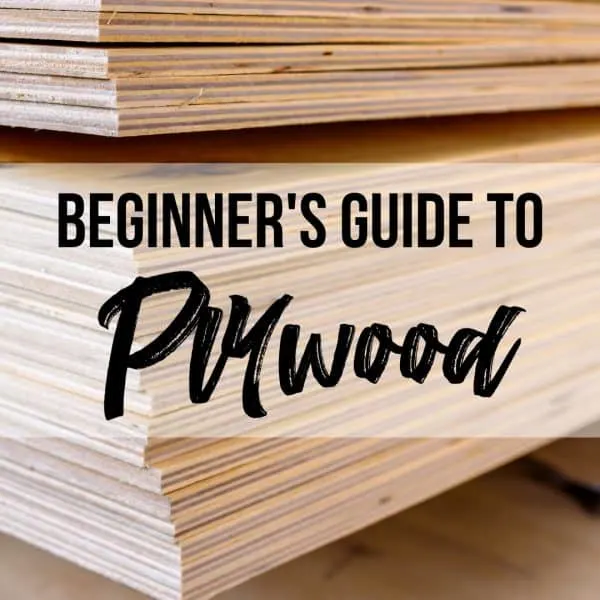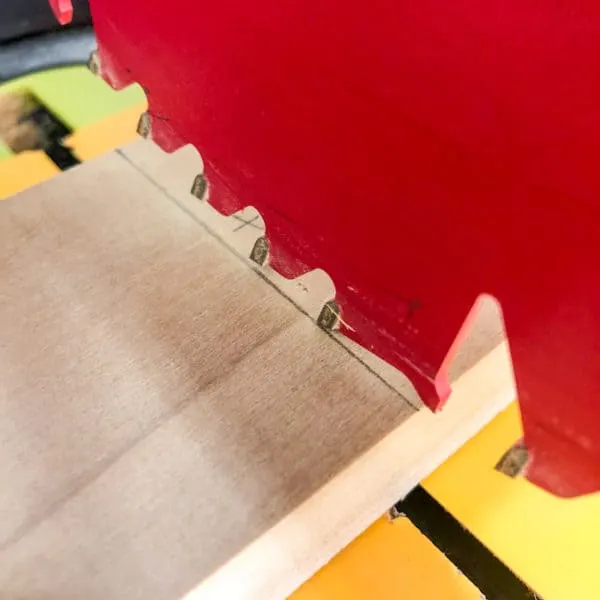This guide will answer all your questions about pressure treated wood! How it's made, when to use or avoid it, and how to stain or paint it successfully!
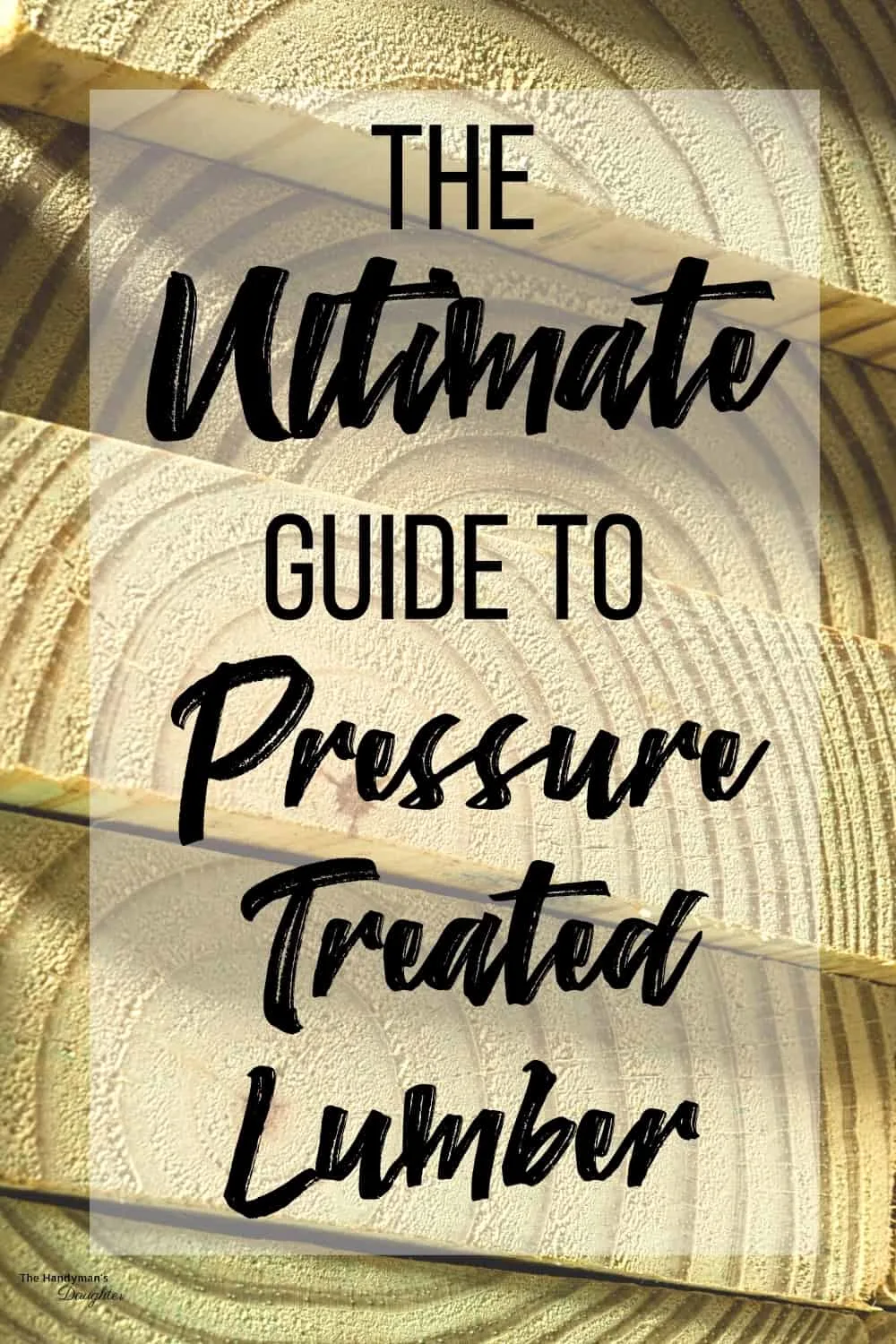
Moisture and insect damage can quickly destroy your outdoor woodworking projects. We live in rainy Seattle, so we know a thing or two about wood rot around here!
If you want your outdoor structures to last a long time, you have two options: naturally rot resistant wood like cedar, or pressure treated lumber. Read more about the difference between cedar vs pressure treated lumber here!
Pressure treated wood is less expensive and easier to find than cedar, so it's the first choice for decks, pergolas and other outdoor projects. But many people have questions about how those rot-preventing chemicals work. Is it safe for my kids? Is it okay around gardens? Can I paint it?
This post contains affiliate links for your convenience. Purchases made through these links may earn me a small commission at no additional cost to you. Please visit my disclosures page for more information.
In this article, I'll answer all your questions about pressure treated wood! Let's dive in!
What is Pressure Treated Wood?
Pressure treated wood is regular wood, like pine, infused or injected with a rot and insect resistant solution. Typically, you'll find it in dimensional lumber like 2x4 boards, but you can also get fence pickets and other sizes as well.
How is pressure treated lumber made?
Manufacturers place stacks of milled lumber in a pressure chamber. The chamber is then closed and locked airtight. Then, the chamber is depressurized, creating a vacuum. Finally, the treatment fluid is introduced into the chamber, soaking deep into the wood. The video below shows you how it's made!
Some types of wood, like Douglas fir, won't take this treatment as easily as pine. In these cases, the grain of the wood undergoes a process called incising. Many small cuts are made in the surface of the wood to allow the liquid to penetrate deeper into the grain.
How to tell if wood is pressure treated
It's easy to tell if the lumber at the store is pressure treated just by inspecting the tags. It should have a label with the abbreviation "PT" stapled to the end of the board.
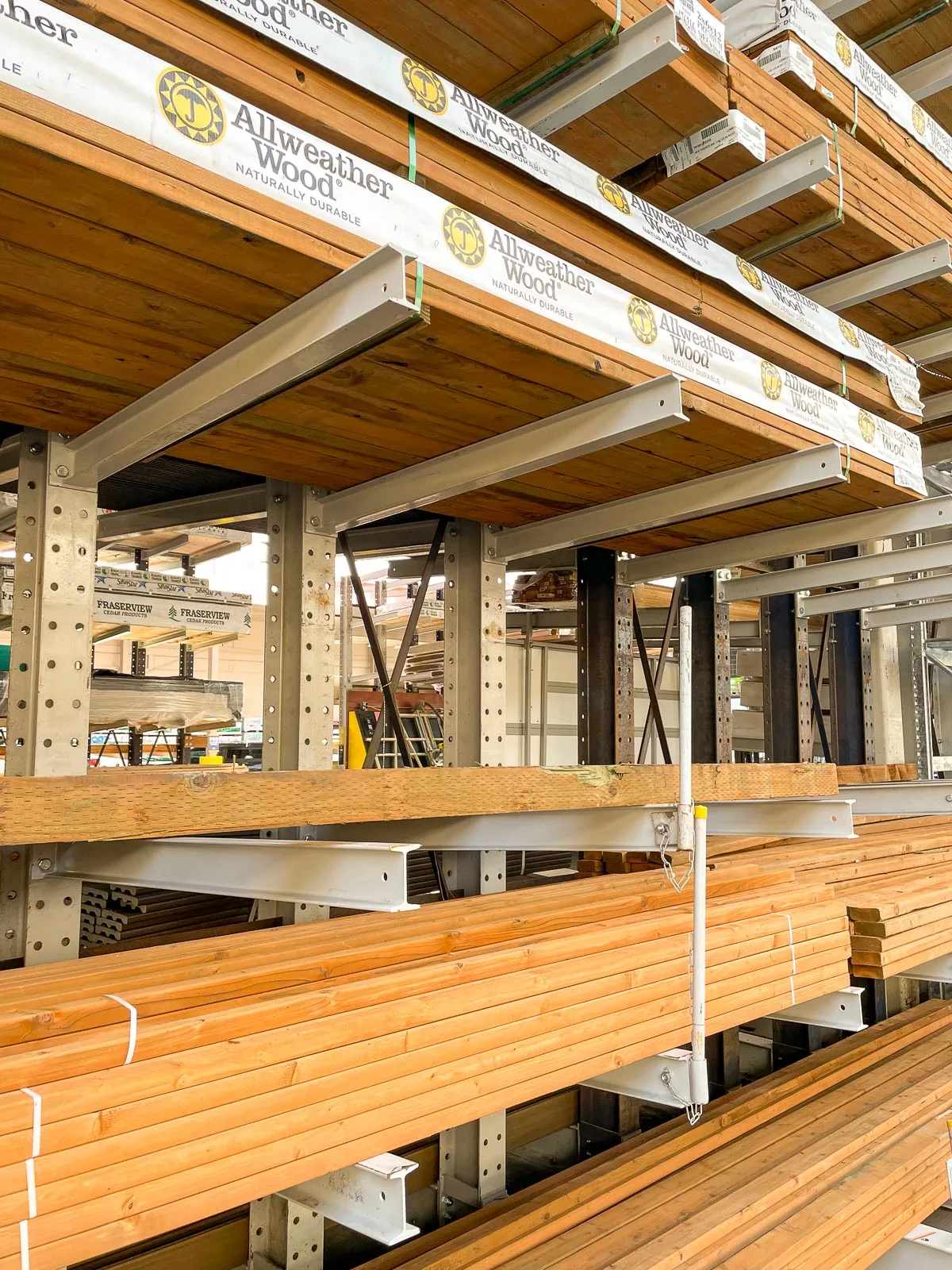
But if you're wondering what kind of wood was used to make your deck years ago, there are a few clues.
- Look for a greenish color. Pressure-treated lumber will often have a greenish tint, although this can fade over time or change with a coat of stain.
- Look for small incisions on the wood. These look like someone took a flat-head screwdriver and pounded the tip all over the board. Manufacturers do this to allow the treatment to penetrate deep into the wood.
- Use a test kit to determine if those rot-resisting chemicals are present in the wood.
When to use pressure treated wood
Pressure treated wood is great for many outdoor applications, especially structural elements like decks and sheds. If it's too expensive for your whole project, at least consider using it for the foundation or other rot-prone areas.
It can also be used for building outdoor furniture that will stand up to the elements. I built my entire set of deck furniture, including the outdoor loveseat and sofa, coffee table and end tables, for a fraction of the price at the store! Pressure treated lumber is a great alternative to cedar if you can't find it in your area.
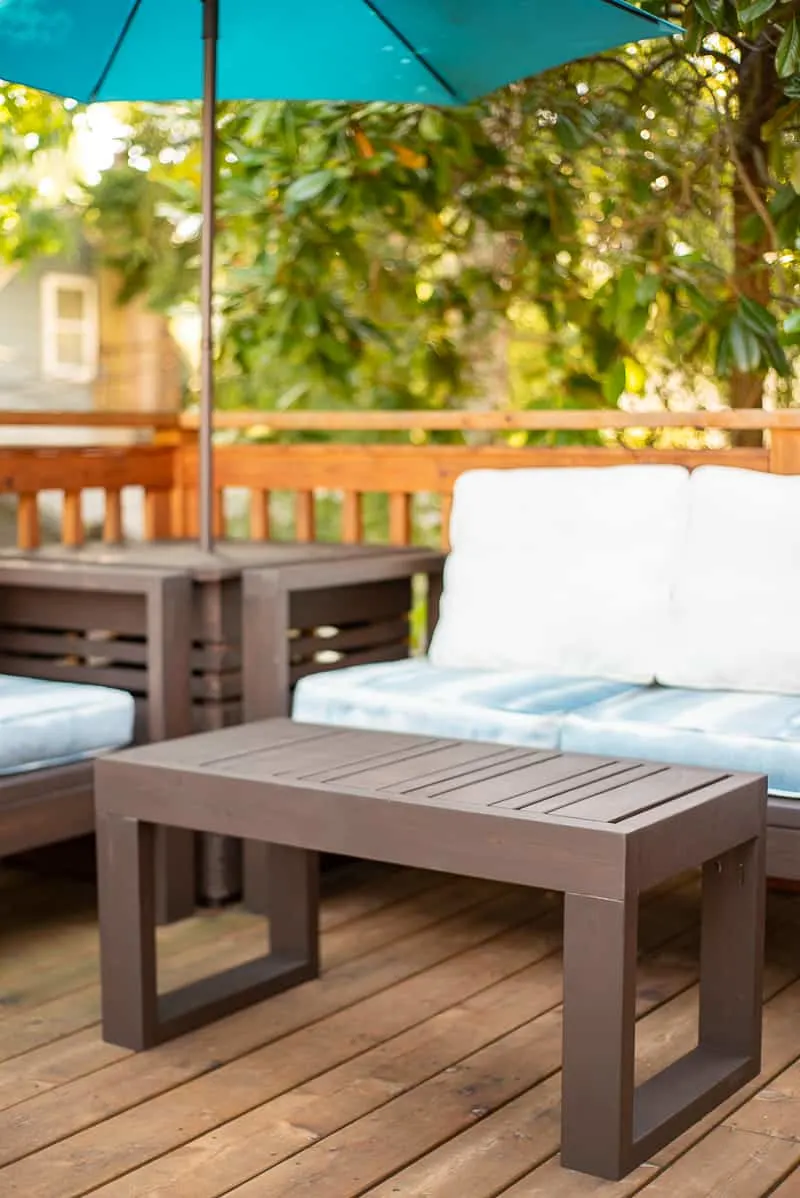
However, there are times when this type of lumber should be avoided, due to the chemical components embedded in the wood. In general, avoid using it indoors where there is no ventilation, or in garden beds where edible plants are grown. More on this topic below!
Frequently Asked Questions
Is pressure treated lumber safe?
Whenever chemicals are involved, it's common for people to wonder about safety. However, when correctly used, pressure treated wood is safe to use around the house.
While many chemicals are used to treat wood today, there's one in particular you may be familiar with: arsenic. Arsenic has been used to preserve wood since the 1940s. Here's what you need to know . . .
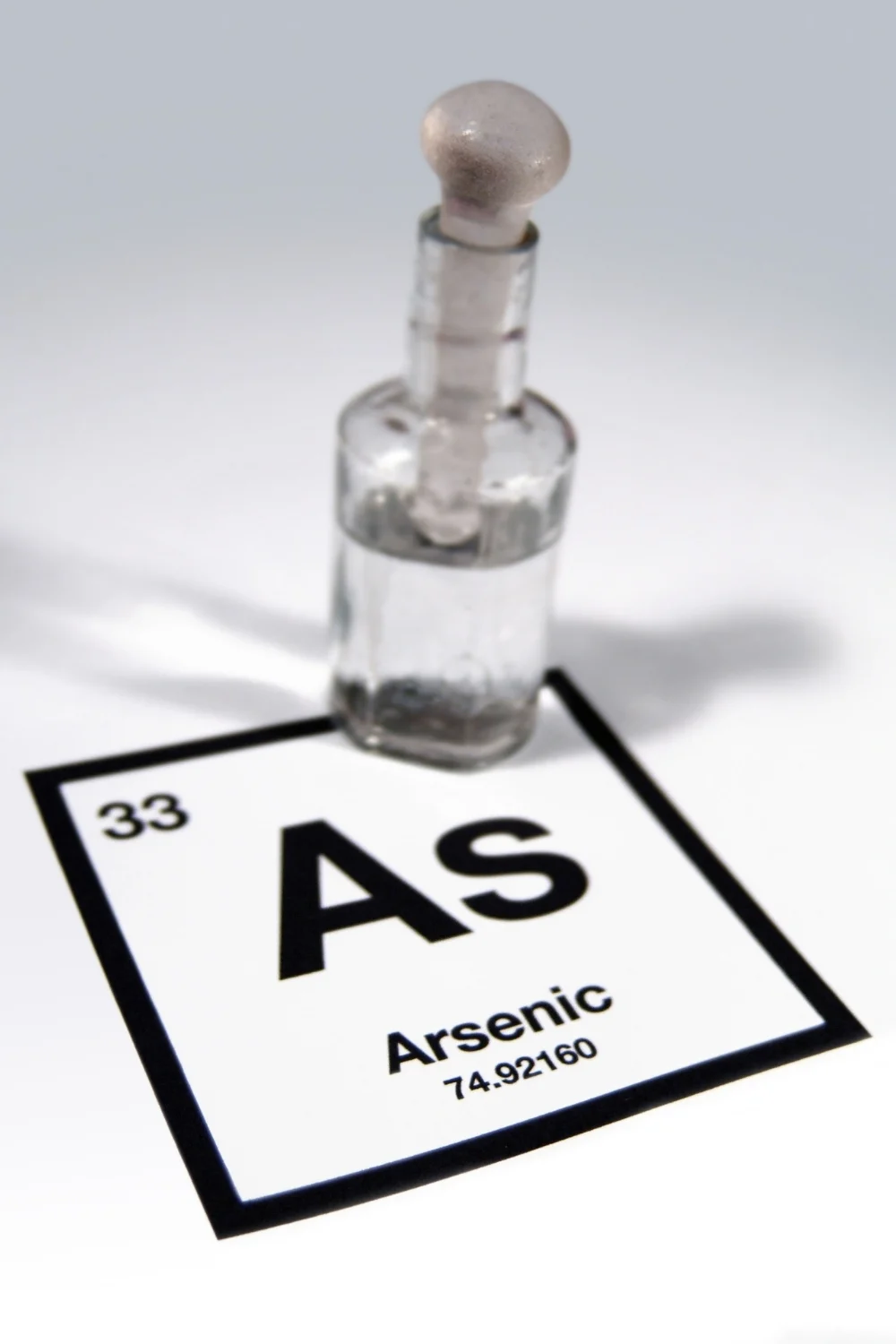
Arsenic is rarely used in commercial treated lumber today. While the EPA still allows its distribution in some controlled instances, you don't need to worry about this chemical in the wood you find at the home improvement store.
In general, you should avoid using pressure treated lumber in any application where food is involved. This includes raised vegetable beds, bee hives, and animal feed troughs.
Can you use pressure treated wood in the garden?
In general, it's not recommended to use pressure treated lumber anywhere that soil is in direct contact with the wood. The possibility of chemicals being absorbed into your soil, and then into the plants you eat, isn't worth the risk.
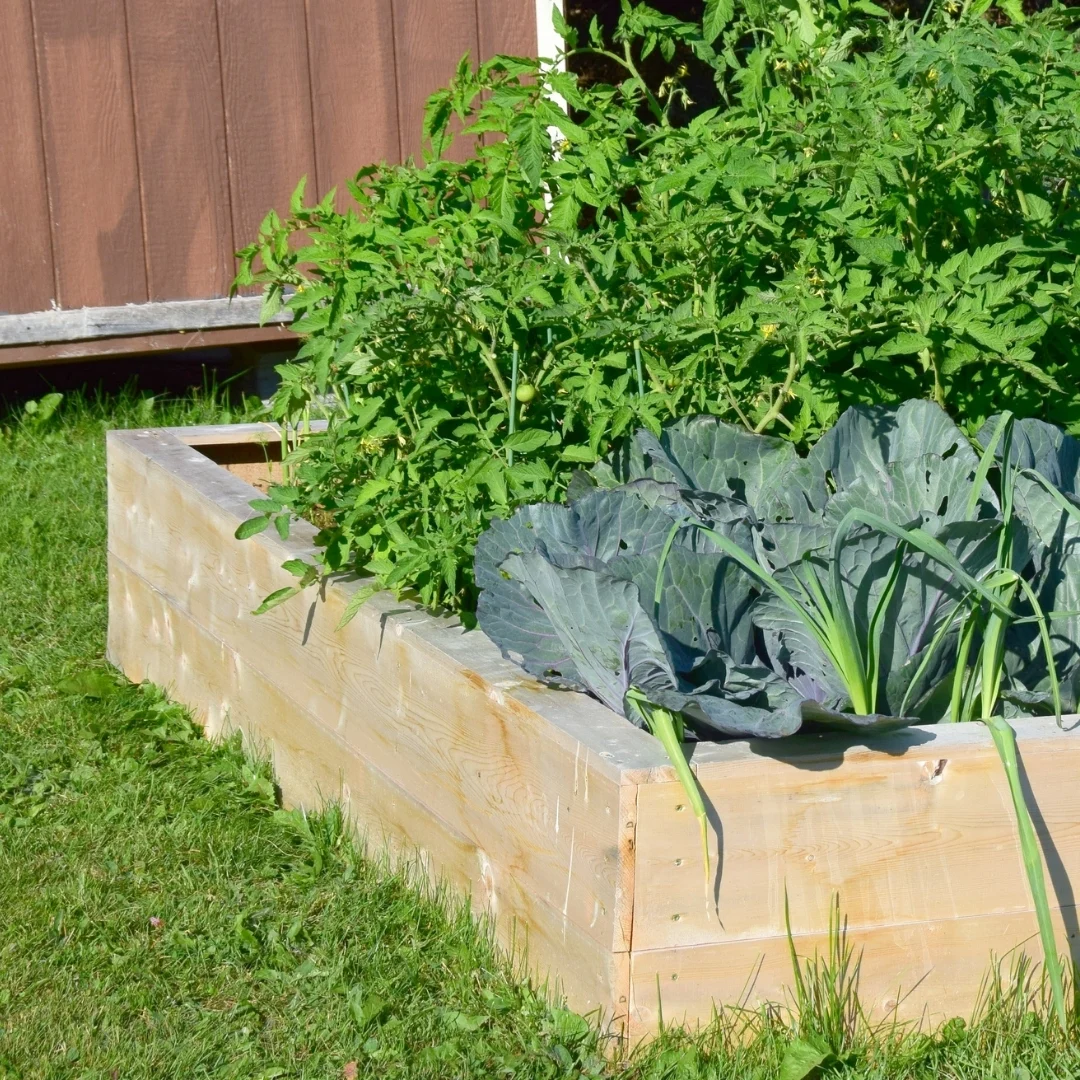
But there are ways around this limitation, so you can still use it in the garden. Here are a few tips:
- Use a plastic liner. If you're using pressure treated wood near your edible garden, use a plastic garden bed liner between the wood and the soil.
- It’s okay to use for non-direct contact. I used pressure treated lumber for my mini greenhouse and outdoor shelves, because all the plants are in pots and trays on top of shelves.
- Use alternative rot-resistant wood. Cedar is a good alternative to pressure-treated lumber, as it naturally resists rot. If you need to build garden boxes, cedar may be your ticket!
Can you burn pressure treated wood?
No, you should never burn pressure treated lumber! The fumes released can be toxic to you and your family. It's best to gather up your scraps and try to use them for other outdoor projects, rather than tossing them onto the burn pile.
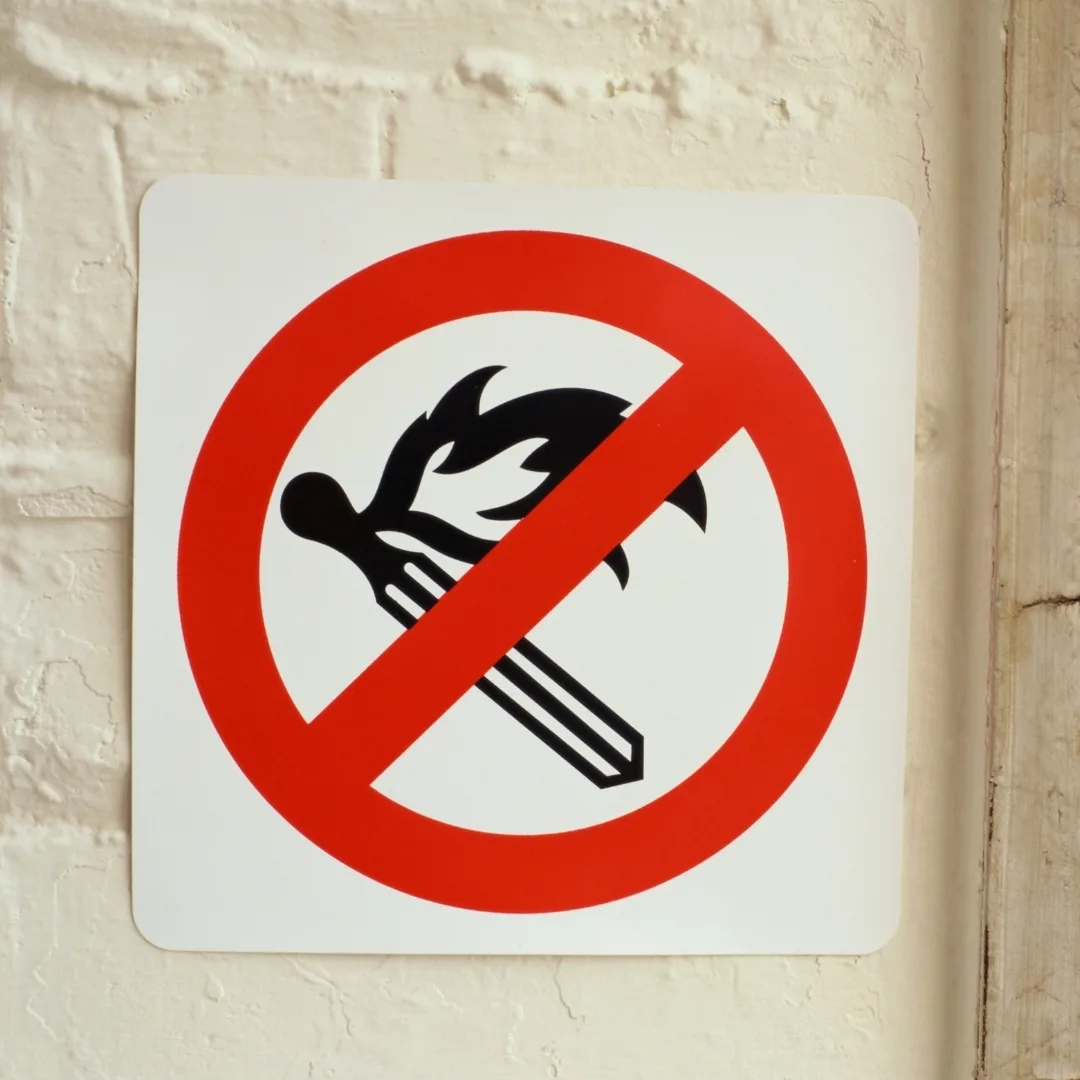
If you must dispose of it, contact your local waste management company for advice on how to discard it safely.
Can you stain pressure treated lumber?
Yes, you can stain pressure treated wood. Though it resists rotting, UV rays can still damage the wood cells. Stain can help keep your project looking great for years to come.
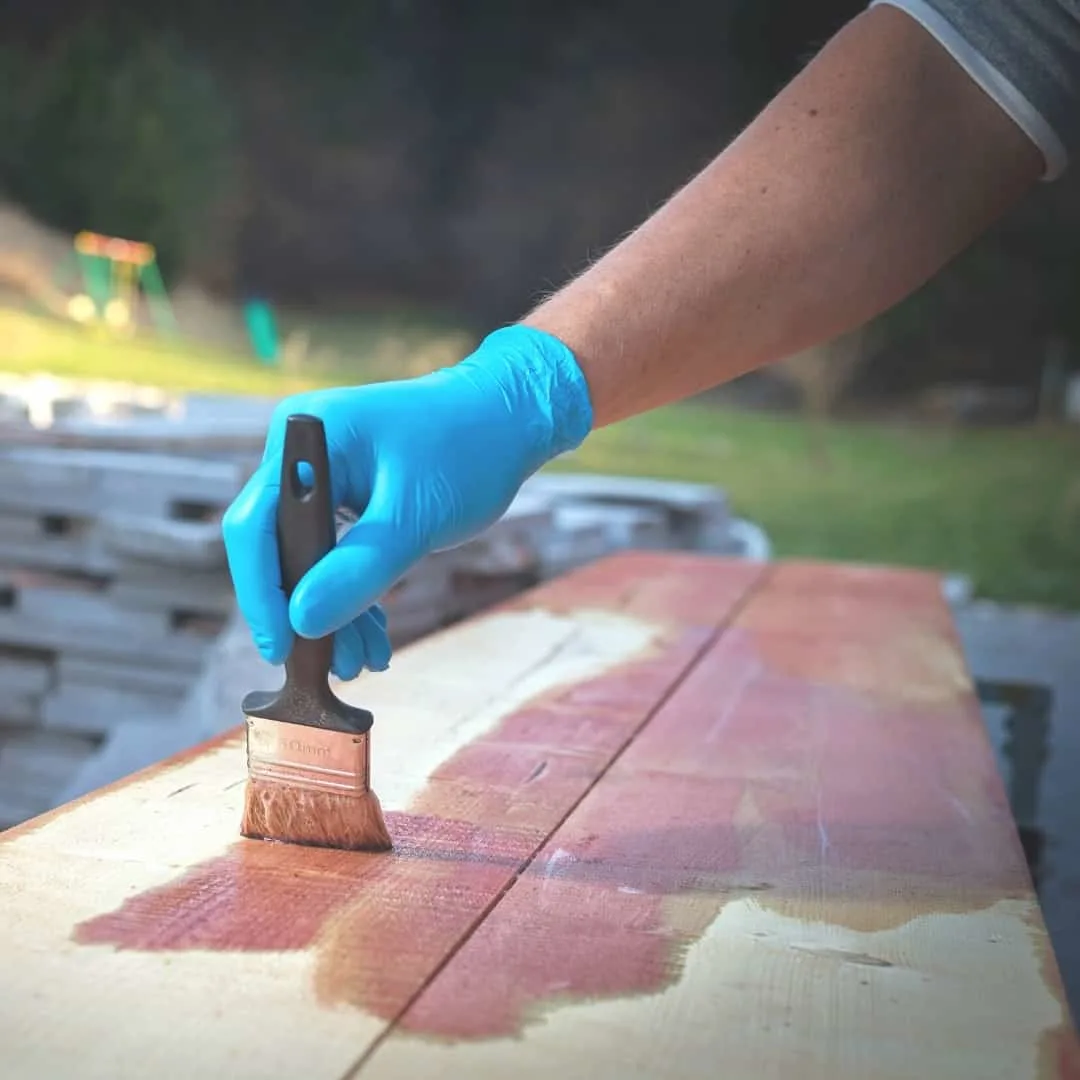
To get the best results, wait for the wood to dry first. This can take a while, depending on when it was treated. You can test to see if your wood is ready for stain by sprinkling a few drops of water on the surface first. If the water beads, then it's still too wet. If the water soaks in, you're ready to stain.
Because pressure treated wood is resistant to water, oil-based stains are better able to soak into the wood. Check out my in-depth article on how to stain a deck to get the best results!
Can you paint pressure treated wood?
It is more difficult to paint pressure treated wood than it is to stain. The chemical components tend to prevent paint from adhering properly, which can lead to premature peeling and flaking.
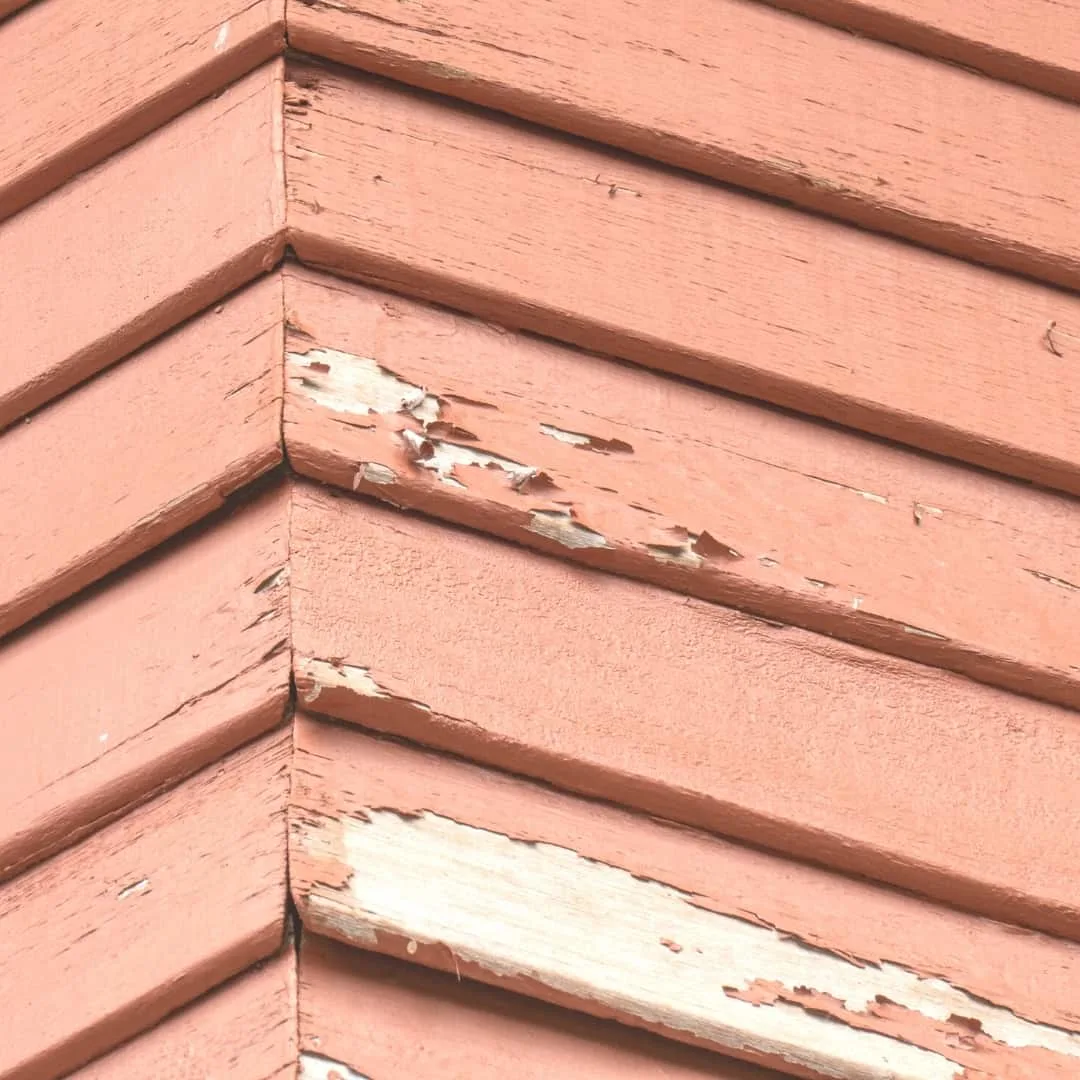
However, it can be done with a little prep work. Here are a few tips:
- Ensure the wood is dry. Perform the water test as described in the stain section above.
- Be sure your wood is clean. You may want to use a deck cleaner before painting to remove grime and mildew.
- Once the wood is ready to paint, begin by applying an exterior primer that is suited for this type of lumber. Oil based primers are more likely to stick to the surface.
- After the primer is dry, apply two coats of exterior paint.
Pros and Cons of Pressure Treated Wood
Before you start on your next outdoor project, consider the pros and cons of using pressure treated lumber. You may find that it's the perfect solution to your problem, or it may cause more problems that you need to solve!
Cons
- Expensive. You're going to pay a little more for the added treatment.
- Heavy. Pressure treated lumber is usually heavier due to an increased moisture level.
- Incision marks/green color. Consider how much of the wood will show in the finished project. Support beams under a deck won't be visible, but the surface boards will be. Use a mix of pressure treated and naturally rot resistant wood like cedar to get the best results.
- Toxic sawdust and fumes. You should always use a dust mask when cutting this wood, and avoid burning it. Never reuse sawdust from pressure treated lumber!
- Difficult to paint. If you have your heart set on paint, another type of wood may be a better choice to avoid peeling and cracking.
Pros
- Resistant to insects and rot. You don't need to worry about your project rotting out within a couple of years!
- Resistant to the weather. Some pressure treated wood is especially resistant to water, which is great if you live in a damp climate.
- Variable. Most dimensional lumber can be found in pressure treated form, so you have plenty of options for all your outdoor builds.
Hopefully, all this information will help you on your next outdoor project! When applied correctly, pressure treated lumber can be a great material for creating a durable and lasting structure.
Check out these other helpful articles!



